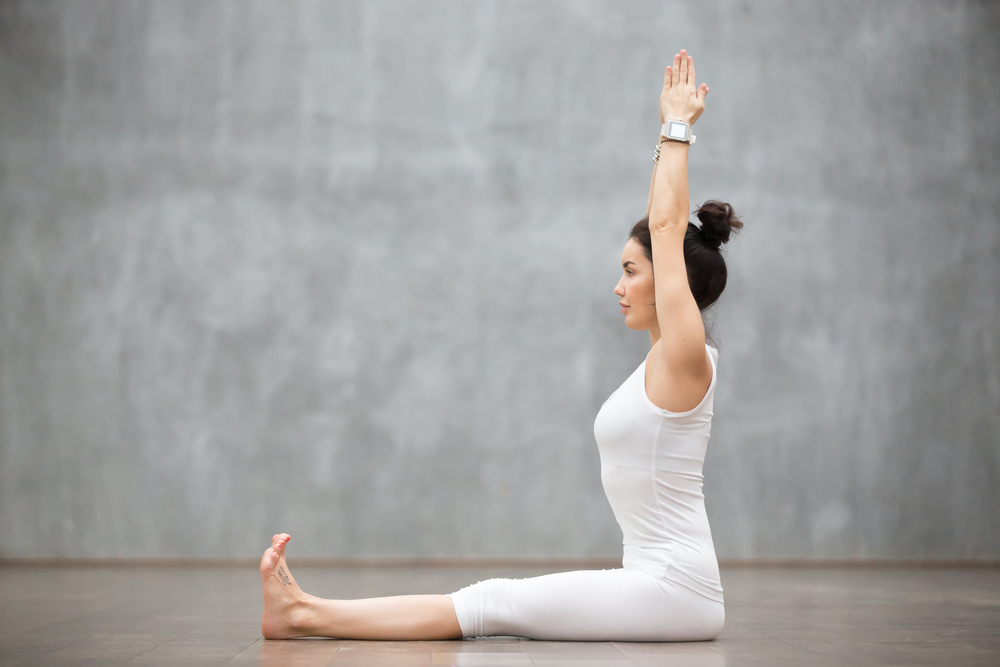
“Just as your car runs more smoothly and requires less energy to go faster and farther when the wheels are in perfect alignment, you perform better when your thoughts, feelings, emotions, goals, and values are in balance.” – Brian Tracy
In a very real way, the same can be said for your feet.
Your body moves more smoothly and requires less energy to faster and farther when your feet, ankles, knees, hips and torso are all in perfect alignment. And your body performs better and without pain.
But this isn’t always the case.
A Gait Out of Alignment
The primary driver for our walking gait is our feet. The amazing thing about feet is that, while they are often taken for granted, they are highly complex structures that enable us to be mobile.
The human foot contains over 26 bones, 33 joints, and more than 34 muscles. The amount of use our feet get in an average lifetime is over 200,000,000 steps, or about 100,000 miles. And the pounding our feet endure comes from the average impact of 16 pounds per square inch with each step.
And, although we rarely give our feet much thought aside from our choice of shoes, when they are hurting or otherwise dysfunctioning, they most definitely get our attention.
Foot pain is a common affliction and becomes more prevalent with age.
Pain In our feet can present itself in the heel, the arch, and the ball of the foot and can be caused by a number of issues such as:
- Plantar fasciitis
- Heel spurs
- Achilles tendonitis
- Heel fractures
- Stone bruises
- Metatarsalgia
- Morton’s neuroma
- Sesamoiditis
- Flat feet, or fallen arches
- Bunions, corns, and calluses
- Ingrown toenails
- Gout
- Claw toe
- Turf toe, or sprains
Because of the systemic and complex interrelationship between the feet, ankles, knees, and hips, lingering pain or injury in the feet can lead to dysfunctional movement, compensatory movement, and pain in areas distantly removed from the feet.
Anatomy in Motion and Feet
We integrate the biomechanics philosophy known as Anatomy in Motion™, AiM™ into our diagnosis and treatment of foot pain and pain associated with gait dysfunctions.
AiM™ is a complete road map for the structure of the human body. The philosophy is founded on principles of movement that are influenced by how we walk, or our gait. This is our most primal, repetitive, and fundamental movement.
There are many techniques that we provide, such as the SFMA, that are excellent at assessing the larger areas of our body like the hip, pelvis, knee, thorax, and head. However, few offer insight into the foot that comes from utilizing AiM™.
The core process underlying the AiM™ process is The Flow Motion Model™, a “map” of the moving human body and the journey the body takes through the gait cycle, that was created by AiM™ founder Gary Ward.
According to Gary Ward,
“The model of gait that is taught in Anatomy in Motion is what I call the ‘Flow Motion Model’. It is the study of what appears to really happen when efficient and flowing gait is observed and has been deduced through the use of slow motion – slowing the body down to get a clear picture of what is happening in each major structure and each joint in the three dimensions of human movement from the foot and journeying upwards through the kinetic chain.”
Here is an overview of the process:
The Gait Cycle
We can determine what each joint in the body is doing in all three dimensions in a particular moment in time, while walking. This is possible by first having identified five key phases of walking as the foot rolls from heel to toe while covering a journey of 0.65-0.8 seconds. Because the series of movements are so complex, a map is required to track them.
What Happens During Movement?
During movement, the joints, ligaments and muscles in the body play specific roles and optimal movement depends on all other parts functionally properly. However, when the body reduces movement to protect something, because of a previous injury for example, it exposes other areas which can be at risk, which may or may not be at the site of pain.
What Does the Map Show Us?
The map provides a reference tool for therapists to cross-reference static posture to dynamic motion. This allows them to compare what the body is doing with pain to what it could be doing when effortlessly flowing through gait (walking). Specific whole body movements are used to give movement back to the exposed areas.
How is this done?
Most therapies concentrate on stabilizing structures. However, AiM™ recognizes that movement is always present in a body, so mobilizing instead of stabilizing is a more effective approach. The goal is to teach the body to find its center using the map of the Flow Motion Model™. The centered and balanced body provides the best environment for healing to take place.
Treating Foot Pain Issues
At Pain and Performance Solutions we use AiM™ to treat foot pain by deciphering why your body has stopped reaching its full movement potential. We determine your foot’s dysfunction through a series of movements and how you respond to the pain caused by those movements.
By applying the sequence of Anatomy in Motion™ movement treatments, we can learn how to get you away from that pain naturally. This will allow your body to start working properly and back to reaching its full potential.
Our goal is to work through the sequence of pain and dysfunction in order to get your body healthy and working properly and to achieve total recovery. Don’t hesitate to reach out. We are here to help and will answer any questions that you may have. You can reach us at (707) 636-4404 or by filling out our online contact form.